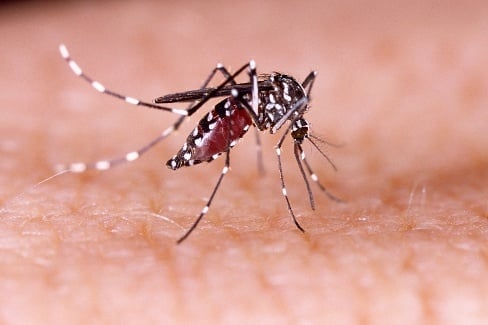September is National Food Safety Education Month. This is also a time to return to school and learning, so it is a good time to learn about food safety in ready-to-eat and perishable foods often packed in school lunches. Listeria is one of the most common foodborne bacteria and is found in a wide range of foods; from ready-to-eat to produce and meat. The latest draft guidance released by the U.S. Food and Drug Administration, “Control of Listeria monocytogenes in Ready-To-Eat Foods,” supports ongoing efforts by industry and government agencies to reduce the risk of Listeria monocytogenes in ready-to-eat foods (1). The guidance includes recommendations for controls involving personnel, cleaning and maintenance of equipment, and sanitation, as well as for treatments that kill Listeria and prevent it from growing during storage of food between production and consumption. The guidance emphasizes the importance of routine testing for Listeria. Therefore, it is important to learn about the methods and reagents that can be used to detect Listeria to prevent foodborne outbreaks.
Choose your Article Focus | NGS | Molecular & Serology
Rapid and Early detection of Listeria to prevent food poisoning
Category: Accuplex, listeria, Molecular & Serology
Posted by
Vidya Murthy on Sep 12, 2017 12:00:00 AM
0 Comments Click here to read/write comments
SeraCare introduces AccuPlex™ Zika Reference Material
Category: zika virus, clinical genomics, Accuplex, Molecular & Serology
Posted by
Dale Yuzuki on May 10, 2016 12:00:00 AM
Guest author: Han Joo Lee, Ph.D., SeraCare Technical Product Manager A cursory look at recent Zika Virus outbreak news headlines is alarming enough: “Zika Virus birth defects may be the ‘Tip of the Iceberg’, experts say”; “Brain damage in Zika babies is far worse than doctors expected”; and “Zika mutates extremely quickly, which is why it’s so scary”. In addition, for the United States the estimated range maps of the Aedes aegypti and Aedes albopictus have been recently updated, widening the range previously reported to all but 10 states within the US.
0 Comments Click here to read/write comments





